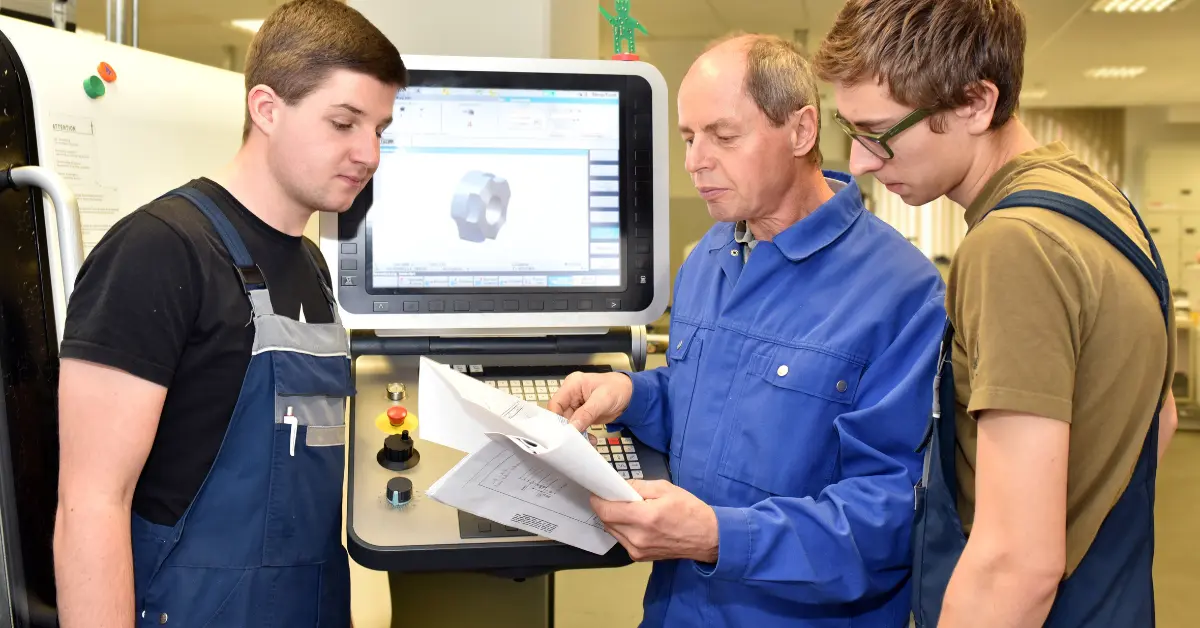ERP in the furniture industry
ERP is universal and all companies use the basics in pretty much the same way, but all industries have their idiosyncrasies and the furniture industry is no exception. Many functions, such as accounting, are comparatively standardized and so will not be considered here. Instead, this blog will look at things that, whilst not necessarily unique to furniture companies, certainly make for challenges when trying to apply ERP there. The two areas where ERP systems, and ERP implementers, most frequently have difficulties are manufacturing and sales.
The first challenge on the manufacturing side relates to the inventory management of wood and of fabric, or cover. Wood can have multiple units of measure and it, and its requirements, can be measured by volume, by area, by length or by pieces (such as sheets of plywood) and it may be necessary for a company to use more than one of these for any particular item. They may be buying by board foot or cubic foot, instructing warehouse staff to move it by pallet, and specifying its use on a bill of material by perhaps area, in which case the purchasing system, the inventory control system and the bills of material need to recognize different units.
Use our ERP software comparison engine to compare the best ERPs
Secondly; when trying to specify how much timber will remain after running a batch, the answer can be hard to calculate. If seven gallons of liquid are used out of an eight-gallon container, there will be one gallon left, but if seven feet of an eight-foot board is used; how much is left? Sometimes it is possible to use off-cuts for small components but sometimes it isn't and the piece remaining is waste. And also wood comes with imperfections, such as knot holes, which might not be a problem when cutting large items that won't be seen by the customer (such as part of the frame of a sofa) but might be totally unacceptable if cutting small items or items that will be visible.
The usual way of dealing with this in an ERP system is to issue the theoretical usage to each Works Order (some systems allow the waste percentage to be held separately so that it can be easily adjusted in line with experience) and to book subsequent stock take adjustments to a suitable General Ledger account. That has the advantage in a Standard Costing system of holding more-accurate values against the product but some companies prefer to hold a theoretical usage (without waste) on the item bill of material so that the total cost of waste can be more easily identified.
Moving to fabric; when cloth is dyed, different batches (and sometimes even different rolls) can have slight shade differences. These might not matter when panels are not side by side but even very small differences can be noticeable when they are. So not only must each roll of fabric be identifiable by batch number but each roll must have its own unique identifier also.
Another noticeable thing about the furniture industry is that, when looking at the make-up of a particular finished product, there are often a number of very low value items to consider. Making a sofa requires items like thread, screws and staples and, whilst the overall consumption of those items can be significant financially, the value of them in one sofa is negligible. It is worth raising a picklist for items such as the cloth, the frame, and the springs etc, but the idea of someone counting out staples and screws or measuring out thread for a particular job is plainly ridiculous; so items like these should be bulk-issued to users. Companies need only to decide how to manage the stock and how they want to account for issues.
Some are happy to treat such items as consumables and charge each bulk issue to a Cost of Sales account at the point of issuing from the stores or warehouse. Others prefer to down-date the stock and account for the issue only at the actual time of use, and ERP systems support that by allowing the items to be added to the bill of material and back-flushed when the completed item is booked to stock. But that means adding such items to bills of material and, for items that cost pennies or, indeed fractions of a penny, it can be hard to justify the effort. Luckily ERP systems have solutions. One option is to create a phantom bill of material to hold all of the consumables for a particular item and then to simply add that as a 'sub-assembly' on the product bill. In addition to greatly reducing workload, that has the added advantage of greatly reducing the likelihood of some items being forgotten.
There is, additionally, a compromise option when using standard costing because it is also possible to bulk issue items to a WIP account and, by having just the cumulative value of those items added as a cost item (also perhaps confusingly called a 'non-stock' item) to the product's bill of material, at the point of completion the WIP account will be credited.
Moving to sales; particularly in the case of upholstered furniture, there is one big difference that the furniture industry has to cope with. Most industries have products that can be precisely identified by their product, or SKU, number but with, say, a sofa, although it is easy to have a separate number for each size of sofa in a range (2-seater, 3-seater etc), the customer may have the choice of dozens of fabric options and also the choice of having the same fabric for all of the sofa or a different fabric for the cushions, or one side of the cushions. A different product/SKU number for each option is not only impractical but also makes the chances of customers mis-ordering, by quoting the wrong product number, far too great. Some ERP systems get around the problem by having an order configurator.
Sales order configurators lead sales clerks through a series of predefined questions that, when answered by the customer, define requirements exactly. Having captured the order in detail, including all options, the configurator facilitates the creation of a matching one-for-one Works Order and MRP (Materials Requirements Planning) can read that Works Order to ensure that any necessary sub-assemblies (such as the sofa frame) and purchased items (such as the fabric) are available when required.
One last thought on the sales side is that frequently three addresses are required for each customer because many furniture stores have off-site warehouses and a Head Office. So suppliers need to hold a delivery address (at least one), an invoicing address and an address to which monthly statements are sent. (That, incidentally, allows credit control to be carried out at a Group level.)
Clearly the furniture manufacturing industry has requirements that not all ERP systems can satisfy but equally it has requirements that some ERP systems can definitely help with. Companies only have to be clear about what they want, and to be sure that they select a system that meets their needs.
Free white paper

Top 20 ERP Software Comparison
Compare the top ERP systems using this guide

Featured white papers
Related articles
-

4 training tips for manufacturing ERP success
These four training tips will help your employees get the most out of your new manufacturing ERP ...
-

CMMC Compliance: What Aerospace and Defense Manufacturers Need to Know
Key insights on CMMC compliance, deadlines, and securing DoD contracts with CMMC 2.0 certificatio...
-

ERP for make-to-order manufacturing
How can ERP help your make-to-order manufacturing business thrive?




